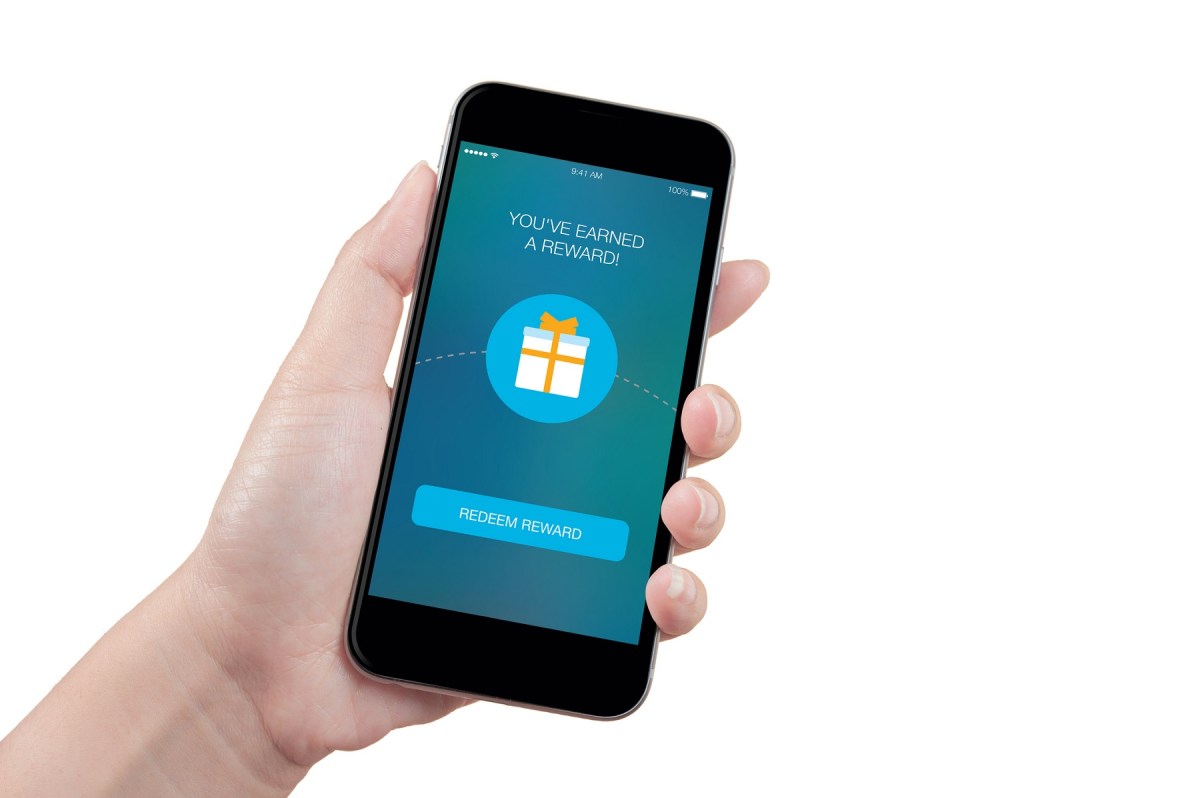Loyalty and rewards programs can help retailers build stronger customer relationships, encourage repeat business, and use customer behaviour data to provide discounts and other offers that yield more sales.
However, traditional loyalty and rewards programs that require membership cards or scan codes at point of sale can stand in the way of effective relationship-building. Card-linked loyalty programs can overcome this challenge by creating a frictionless, seamless way for customers to gain rewards that are meaningful to them, according to Loyalty Now.
“As Australian vaccination rates climb and a future without the constant pressures of unpredictable lockdowns become clearer, organisations must use this momentum to pursue opportunities for growth,” Loyalty Now CEO, Cary Lockwood said.
“Loyalty and rewards programs provide an ideal opportunity for merchants, and card-linked programs in particular can deliver significant benefits for retailers, especially as the industry gears up for the holiday season.
“As customers shop, the last thing they want is to have the checkout process complicated by the need to provide membership cards or numbers. Card-linked programs avoid this friction by linking the customer’s rewards to their credit or debit card, regardless of which bank they’re with.”
Some of the benefits offered to retailers by card-linked loyalty programs include:
- Customer engagement: The opportunity to earn credit and rewards is a powerful motivator for shoppers to engage with a business, but programs need to be as streamlined as possible. The introduction of a rewards program that not only removes the need for an additional card or application, but that can also be linked to a shopper’s debit card, directly removes a pivotal step from the point-of-sale process and makes the buyer’s journey easier.
- Instant start-up: Retailers can use a base loyalty and rewards system and customise it with their company branding. Building on an established platform removes the time, and costs associated with creating a digital platform, and should issues arise, qualified third-party professionals will be on hand to resolve them.
- Valuable data: Having access to real-time customer data is vital for strategy planning. This data can be used across several departments. For example, knowing the days and times that are most popular for shoppers can inform when new offers appear on digital portals. Purchasing data can also inform upcoming marketing campaigns, ensuring that retailers use the most successful messaging.
- Join a constellation of brands: Engaging with a singular ecosystem with frictionless loyalty programs allows operators to enjoy the benefits of connecting with a broader constellation of brands. When a consumer redeems an offer from one brand in the network, they are far more likely to revisit the available retailers on the platform for further discounts and promotions. This in turn lifts all participating retailers and shares valuable customers within the network.

